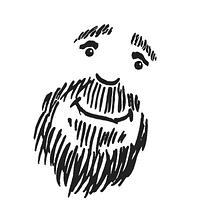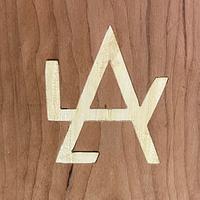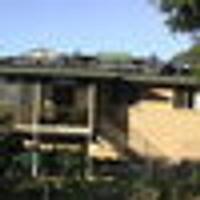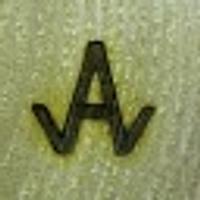
awsum55
in about 3 years
Problems with gear slop on 1997 Unisaw
When the blade is 90º to the table, it seems there is very little to no slop in the gears. However when I get near 45º there is way too much movement of the wheel with no movement of the blade.
Here is a video of what is going on.
Here are a couple of pictures of what I’m looking at. Any help will be greatly appreciated.
This is the shaft that controls tilt. I added close-ups to confirm there are no set screws, just roll pins.
.................. John D....................
18 Replies
I'm afraid I might have to take the top off to see if there is any adjustment from the top side. I think I'll watch a few more refurb videos and see if I can catch something I've missed.
The buttons that lock the wheel on the tilt are worn or damaged, because the wheel won't lock. To fix that, the top has to come off and the entire mechanism has to be removed. I used to love to do that type of thing, but old age has crept up on me and it's not fun anymore.
.................. John D....................
Cheers, Jim ........................ Variety is the spice of life...............Learn something new every day
Big, I also realize the weight of the motor affects the effort, so I use the weight of the motor to help keep the blades position. I don’t notice any movement axially.
.................. John D....................
Again, I don’t know what I’m talking about, but it makes sense this way to me.
Ryan/// ~sigh~ I blew up another bowl. Moke told me "I made the inside bigger than the outside".
--Nathan, TX. Hire the lazy man. He may not do as much work but that's because he will find a better way.
Wonder if maybe you have a sheared pin that won't quite allow for a full rotation (yet)?
No wiggle, the blade is rock solid in any position once I get it where i want it.
Ryan anything is possible, this saw might have been like this since new, but because I was a beginner, I never noticed. Maybe I drank the kool-aid, but this is a 5hp Unisaw that has only made about 100 projects since 1997, probably less than a production shop would do in a few months. I can't imagine the gears on a saw of this quality could wear out this quickly.
The more I read posts by makers I admire on this site, I have been trying to tune all my tools up the best I can to try and match or come close to the quality of their work. Maybe all I can do is to continue to use the weight of the motor to my advantage when adjusting the blade as I do now.
I'd like to trade up to a small saw stop because everything I make now is small and the Unisaw is overkill at this point.
.................. John D....................

I have a 13 yo + Hafco table saw, in the owners manual there is a reference for adjusting "play"
I am not sure if the Delta would be the same but the worm Mech sure looks the same.
So see if this extract info is of any help.

Regards Rob
Good info on the saw too!
Ryan/// ~sigh~ I blew up another bowl. Moke told me "I made the inside bigger than the outside".
.................. John D....................
There's roosters laying chickens,and chickens laying eggs... John Prine
.................. John D....................

Regards Rob
.................. John D....................


















